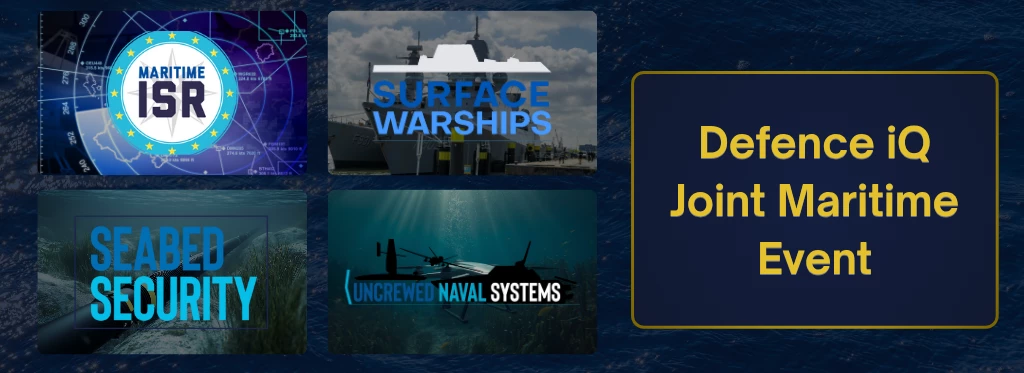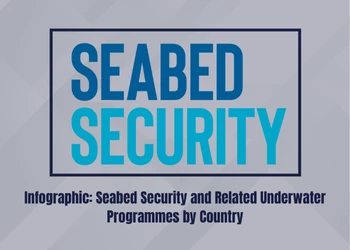Maritime piracy and kidnapping on rise again
Add bookmarkMultinational forces undertaking counter-piracy operations in the Gulf of Aden. Image: US Navy
The number of kidnap-for-ransom attacks off the West African coast is climbing for the first time in five years.
A fall in the level of vigilance and anti-piracy deterrence off the West African coast has provided pirate networks with renewed renewed opportunity to attack vulnerable vessels, according to a study by watchdog Oceans Beyond Piracy (OBP).
The situation has become particularly dangerous in the waters around the Gulf of Guinea and the Horn of Africa, resulting in an increase in the economic cost of piracy.
The number of kidnap-for-ransom attacks off West Africa – and in the Sulu and Celebes Seas in Southeast Asia – significantly increased in the last year, according to the State of Maritime Piracy 2016 report, published on May 2.
The waters off Nigeria remain a key concern with the number of piracy attacks almost doubling since 2015. The economic cost of piracy in West Africa in 2016 is estimated at $793.7m, up from $719.6m in 2015, while East Africa has seen a rise from $1.3bn to $1.7bn.
Spending to tackle at-sea counter-piracy efforts has declined in recent years and there is a lack of funding to build a regional maritime security capacity. Many counter-piracy experts fear that any further reduction in international maritime security efforts – before more robust regional mechanisms are put in place – will lead to more pirate attacks.
EU NAVFOR Somalia (Operation Atalanta), the European Union-led counter-piracy mission established in 2008, has seen international warships and maritime protection teams escort over one million tonnes of humanitarian aid over the past decade and recently had its mandate extended until December 2018.
However, some analysts claim criminal groups are merely laying low until forces are withdrawn – particularly as there is increasing demand for naval power to support other areas of the world.
Source: Oceans Beyond Piracy
Solutions
When it comes to piracy at-sea, the presence of security forces and multinational collaboration is viewed as the most effective way to tackle the problem.
Dirk Siebels, one of the report's authors, cites the fact that Asian waters, unlike West Africa, saw a decrease of 35 per cent in overall piracy incidents from 2015 to 2016. "This significant improvement highlights the importance and effectiveness of organisations for regional cooperation and the sharing of information."
Eric Frecon, an assistant professor at the French Naval Academy, is one of the many voices calling for a focus on joint land operations to attack the crime at its roots. He said that while naval power can deter crimes in action, it is better to deter pirates before they take to the seas.
"We must fight the pirates in the jungles," Frecon said. "This is where pirate activities are formulated and coordinated, and where stolen products are sold."
Efforts to address the situation become more complex when it comes to kidnap-for-ransom incidents because of the legal barriers to paying money to known terrorist groups and the lack of options private companies hold when negotiating the release of assets and people. There is no framework that applies to all global scenarios.
"The blueprint adopted in Somalia and West Africa doesn't really apply to resolving terrorist kidnapping in Southeast Asia," said Richard Neylon, a London-based lawyer for Holman Fenwick Willan, specialising in shipping and crisis response. "There are similarities in negotiations but the problem we face is that the lack of a common blueprint means it is not a problem the shipping industry can solve. Usually it requires input from outside the private sector."
"If we have an increase in the frequency and complexity in West Africa, or problems with compliance as we do in Southeast Asia, the industry might not be able to resolve these kidnappings at all."
Source: Oceans Beyond Piracy
Recent attacks
At the height of Somali piracy activity in 2011, over 700 hostages and 32 vessels were being held by pirates. An armed response – both from the EU-supported navies and private security contractors hired on merchant vessels – reduced these numbers to zero.
But the peace did not last. March saw the first successful hijack of a merchant vessel in Somali waters in five years. In the same month, MT ARIS 13, a tanker vessel en route to Mogadishu from Djibouti, was seized, the Puntland Maritime Police Force (PMPF) engaged in a firefight with the pirates and took back the ship and the crew was released unharmed.
April saw EU NAVFOR Spanish warship ESPS Galicia rescue the MT Costina chemical tanker when it came under attack from a pirate skiff. The attackers fled the area when they saw the vessel and its Sea King helicopter approaching at speed. In the same month, two Somali pirates were reported to have been killed by Puntland forces during an attempted hijack and, in a separate incident, Chinese forces rescued commercial ships from Panama and Tuvalu. All of these incidents occurred in the Gulf of Aden.
“I am struck by the willingness of all partners to cooperate in the face of a possible piracy resurgence and the human misery and disruption that this would cause to seafarers and vessels transiting the High Risk Area,” said EU NAVFOR Chief of Staff, Col Richard Cantrill, in a statement to the press. “Naval forces, the shipping industry, and Somali partners are working together to understand the situation on the Horn of Africa and to cooperate in support of freedom and navigation.”






















